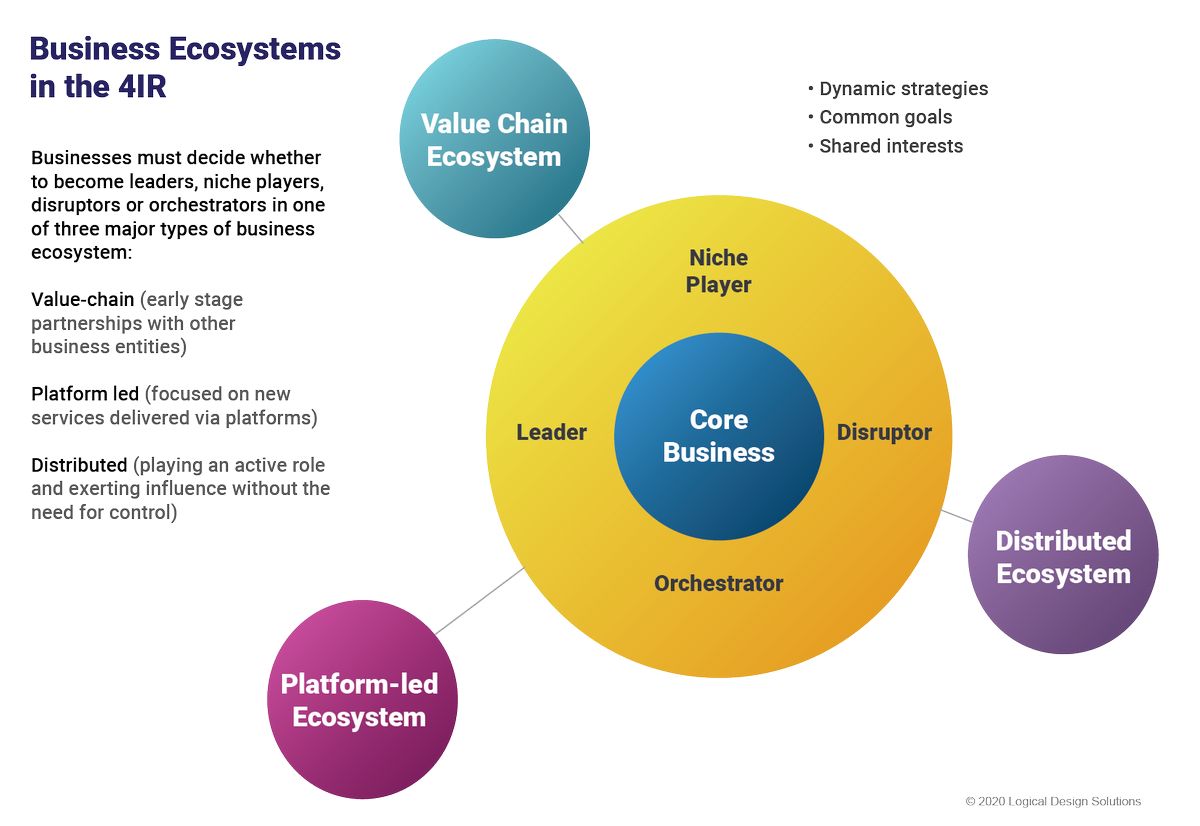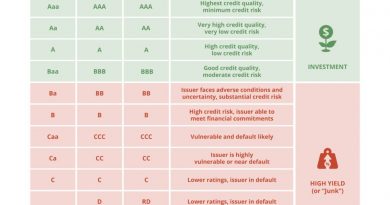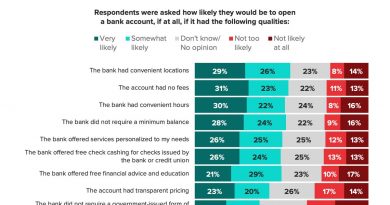What Is a Business Ecosystem and How Does It Work

Contents
What Is a Business Ecosystem and How Does It Work?
What Is a Business Ecosystem?
A business ecosystem is the network of organizations involved in delivering a specific product or service through competition and cooperation. Each entity in the ecosystem affects and is affected by the others, creating a constantly evolving relationship in which flexibility and adaptability are necessary for survival, similar to a biological ecosystem.
Key Takeaways
- A business ecosystem is the network of organizations involved in delivering a specific product or service through competition and cooperation.
- Each entity in the ecosystem affects and is affected by the others, creating a constantly evolving relationship in which flexibility and adaptability are necessary for survival, similar to a biological ecosystem.
- Ecosystems create strong barriers to entry for new competition.
- The theory of business ecosystems was developed by business strategist James Moore in 1993.
Understanding a Business Ecosystem
In the 1930s, British botanist Arthur Tansley introduced the term ecosystem to describe a community of organisms interacting with each other and their environments. These organisms compete, collaborate, and adapt to survive. Business strategist James Moore applied this concept in his 1993 article "Predators and Prey: A New Ecology of Competition," comparing companies to organisms in a community.
Like natural ecosystems, firms in business ecosystems compete and sometimes face extinction.
Advances in technology and globalization have changed how businesses operate, and the concept of a business ecosystem helps companies thrive in this rapidly changing environment. Moore defined the business ecosystem as follows:
An economic community supported by interacting organizations and individuals—the organisms of the business world. The economic community produces goods and services of value to customers, who are themselves members of the ecosystem. The member organisms also include suppliers, lead producers, competitors, and other stakeholders. Over time, they co-evolve their capabilities and roles, aligning themselves with one or more central companies. Those companies holding leadership roles may change, but the role of ecosystem leader is valued because it enables members to move toward shared visions, align investments, and find mutually supportive roles.
In effect, a business ecosystem is a network of interlinked companies that interact through competition and cooperation to grow sales and survive. It includes suppliers, distributors, consumers, government, processes, products, and competitors. When an ecosystem thrives, it means the participants have developed streamlined patterns of behavior for ideas, talent, and capital.
Ecosystems and Competition
Ecosystems create strong barriers to entry for new competition, as potential entrants must not only duplicate or improve upon the core product, but also compete against the entire network of complementing businesses and suppliers.
Being part of a business ecosystem allows for leveraging technology, excellence in research and business competence, and effective competition. Other goals include:
- Driving collaborations to address social and environmental challenges
- Harnessing creativity and innovation to lower production costs or reach new customers
- Accelerating the learning process to collaborate and share insights, skills, expertise, and knowledge
- Addressing fundamental human needs and desires
In today’s rapidly changing business world, companies create their ecosystems or join existing ones to provide advantages that are currently lacking.



